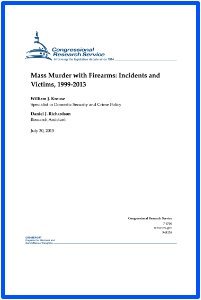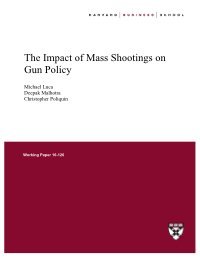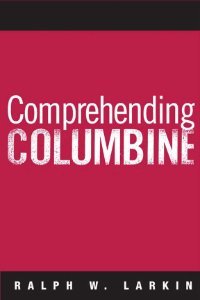By Matt Schroeder and Olena Shumska
Making the Rounds: Illicit Ammunition in Ukraine finds that thousands of hand grenades, rockets, mortar rounds, landmines, and tins of firearms cartridges have proliferated throughout Ukraine, including to areas located far from the conflict zone in the east. Presenting findings from a comprehensive review of imagery and information on illicit ammunition trafficked to, from, and within Ukraine, the report includes an analysis of markings on more than 1,600 seized hand grenades, shoulder-fired rockets, ammunition tins, and anti-personnel landmines. The report reveals the types and sources of illicit ammunition in the country, as well as the modes of transport and smuggling techniques used by Ukrainian arms traffickers and their co-conspirators abroad. The analysis shows that the overwhelming majority of the 1,600 items analyzed were Soviet-designed models produced in Eastern European and Soviet factories prior to the dissolution of the USSR. Curbing the threat to local and regional security posed by this ammunition requires a long-term, coordinated effort by Ukrainian authorities and the international community.
Geneva: Small Arms Survey, 2021. 68p.





















